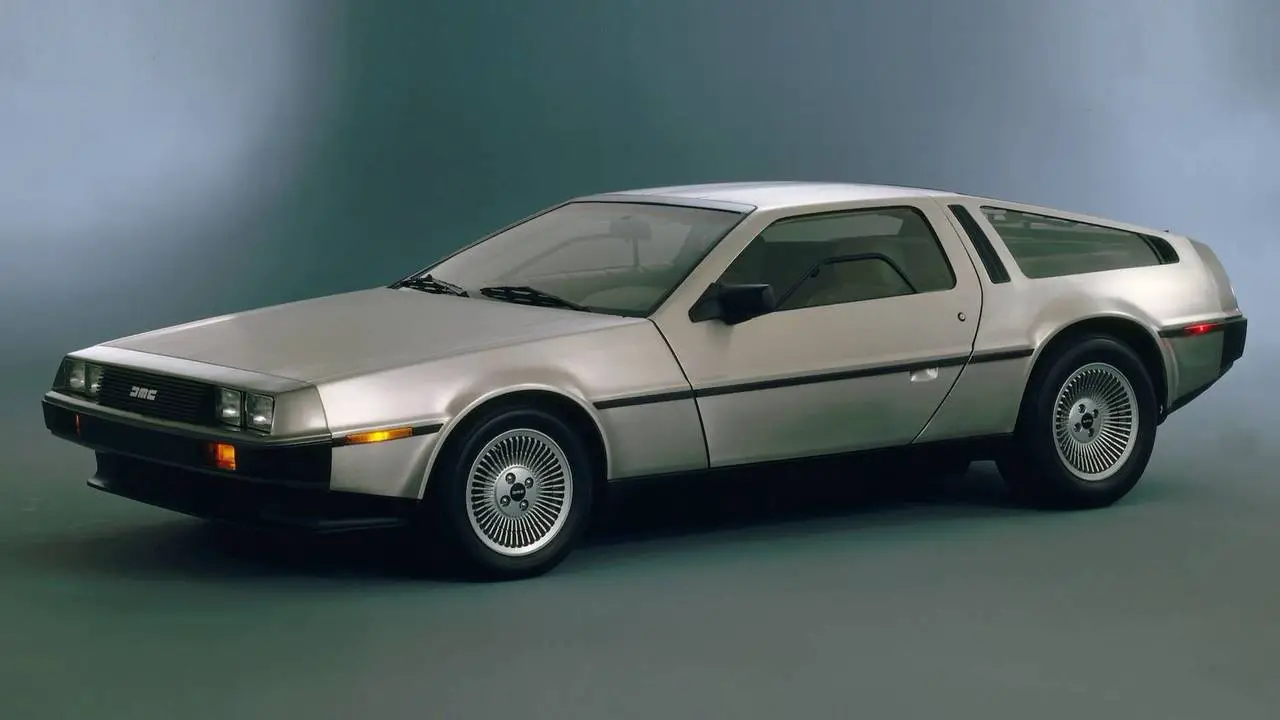Red Bull’s 220MPH Drone Captures F1’s Attention for Enhanced Race Coverage
Formula 1 shows a strong interest in Red Bull’s innovative 220mph drone technology for filming races. Despite the potential for groundbreaking footage, significant safety and regulatory challenges need addressing.
Key Takeaways:
- Red Bull’s advanced ‘Drone 1’, reaching speeds of 220mph, filmed striking footage at Silverstone, capturing Formula 1’s interest for race week usage.
- Discussions between F1, Red Bull, and the FIA are underway, focusing on the drone’s integration into live race coverage.
- Major concerns revolve around safety regulations, especially related to drone flights over crowds and crossing the race track.
Formula 1’s recent interest in Red Bull’s high-speed drone technology signals a potential shift in how the sport is filmed and presented to its audience. Red Bull’s ‘Drone 1’, developed in collaboration with the Dutch Drone Gods, represents a significant technological leap, boasting the capability to reach speeds akin to Formula 1 cars, up to 220mph. This advancement was demonstrated with impressive footage of Max Verstappen’s RB19 and RB20 during a test day at Silverstone.
Dean Locke, F1’s director of Media and Broadcast, acknowledges the excitement surrounding this technology. As quoted by Autosport, he said, “It is really interesting what they have done with it.” However, Locke pointed out that the drone’s operation during a private test didn’t face the strict regulatory conditions of a race weekend.
Safety considerations are paramount, as expressed by Locke. The challenges of flying a high-speed drone in an environment with dense spectator crowds and the necessity to avoid crossing the track present significant hurdles. He emphasized the importance of exploring lighter and smaller drone designs to minimize potential harm in case of accidents.
Despite these challenges, Locke mentioned potential opportunities for drone usage in spectator-free areas of certain tracks, like the back straights in China and Austin. This approach could open new avenues for live race coverage, enhancing the viewing experience for F1 fans.
Ralph Hogenbirk, the drone pilot behind the controls, also known as Shaggy FPV, shared his thoughts on the future of this technology in F1. He underscored the goal of integrating livestream capabilities into actual races or practice sessions. Hogenbirk’s ambition to blend this high-speed drone technology with the dynamic environment of Formula 1 racing highlights the innovative spirit driving the sport forward.
In summary, while the prospect of incorporating Red Bull’s high-speed drone into F1’s broadcasting repertoire is tantalizing, it must be approached with caution. The balance between innovative coverage and the safety of participants and spectators remains the cornerstone of this ongoing discussion.



